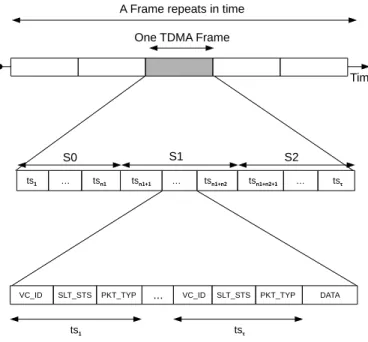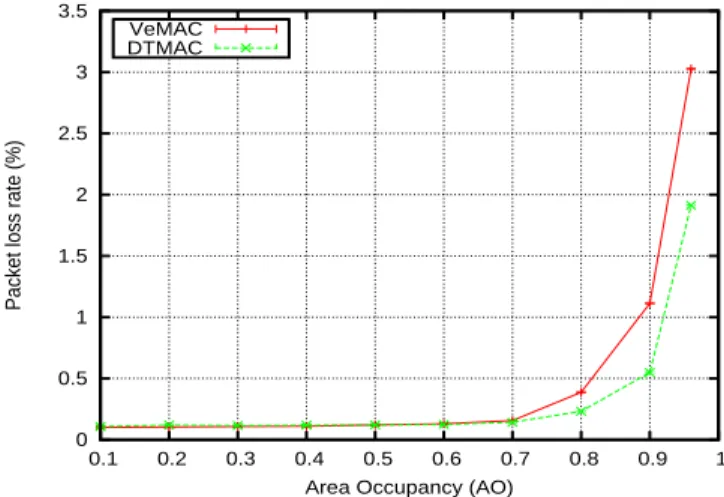An Infrastructure-Free Slot Assignment Algorithm for Reliable Broadcast of Periodic Messages in Vehicular Ad hoc Networks
Texte intégral
Figure




Documents relatifs
The joint channel and slot assignment problem for raw data data convergecast in multichannel WSNs consists in assigning each node different from the sink, the number of couples
On safety in ad hoc networks of autonomous and communicating vehicles: A rationale for time-bounded deterministic solutions.. Gérard
Before discussing the throughput levels that are achievable, we address the deadlock that can arise if the first improvement is used in the two-destination problem, which is similar
Consequently, channel access should be proportional to the sensor demand. That is why we investigate in this paper the Time Slot Assignment problem, denoted TSA, regarding
This is explained by the fact that if the priority is given by the number of descendants, nodes close to the sink have the highest priority, and hence the probability that the
As every node in neighbors N does not broadcast any message to the node N (as assumed in Section 3), a message HELLO(id N , t) that was sent in the time slot t corresponding to
The effect results in a very high number of message copies and collisions within the vehicular network, which is sometimes called as broadcast storm.. Our proposed technique,
In contrast to [5–7, 9] we compute the network performances for receivers within the Poisson point process which models the location of the network nodes, whereas the previous
